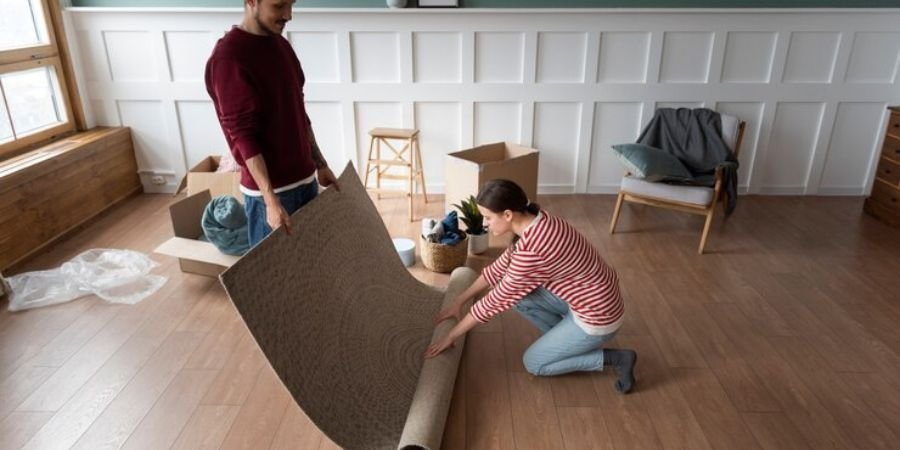Sound mats are sound-attenuating floor underlayments used to reduce impact noise transmission between floors. They are installed below the floor finish above the subfloor or in ceiling systems. Along with blocking impact vibrations from foot traffic and falling objects, sound-attenuating mats can reduce airborne noises like those from a television. Here are some FAQs about sound control mats:
What Are Sound Mats Made Of
Sound-attenuating mats are made from various materials, including recycled rubber, foam, and cork. Rubber mats are thick and dense, resulting in increased thermal mass and sound reduction. Foam mats are lightweight and fit applications with small spaces between the subfloor and floor finish. You can also find thin rubber mats for such applications. The mats primarily reduce impact noise from footsteps, dropped objects, and dragged furniture or appliances.
Where Can I Install Sound Control Mats
You can install a sound mat in any room, including residential and commercial spaces. Contractors install the mats beneath the floor finish to prevent noise from traveling from one floor to another. Sound-attenuating mats are suitable for recording studios, multi-story buildings, home offices, gyms, and other spaces that require quietness. The mats block external noise from entering your space while also reducing noise generated inside.
How Do Sound Control Mats Work
Sound control mats work by absorbing sound waves and vibrations, reducing transmissions through floor structures. The level of noise reduction depends on the sound transmission class (STC) and impact insulation class (IIC) ratings. STC ratings determine how well the mat absorbs airborne noise, while IIC ratings determine its efficacy in reducing impact noise. If your space requires enhanced sound dampening, choose mats with higher STC and IIC ratings. You may also use the mats alongside other soundproofing techniques, such as soundproof subfloors and acoustic panels. Work with a sound-attenuating system supplier to identify suitable soundproofing solutions for your specific application.
Can I Install Sound Mats on My Own
For quality installation, work with a professional trained in sound mat applications. If you already have a finished floor, installation involves removing the hardwood, vinyl, or tile finish to lay the mat on top of the subfloor. It may also involve leveling and preparing the subfloor. Working with an experienced underlayment provider gives you access to professional-grade services, tools, and soundproofing products.
Do I Need Specific Subfloors and Floors?
You can install sound dampening mats under many floor finishes, including hardwood, tile, laminate, and vinyl. The mats are also installed on top of various subfloors, including concrete, plywood, and gypcrete. Your underlayment installer can help you find mats compatible with your subfloor and flooring type. The mats have varying thicknesses and add a slight height to your floor, which may require adjustments to door clearances and transitions.
Install a Quality Sound Mat Underlayment Today
Sound control mats provide a versatile solution for soundproofing your home or business. They are durable, customizable, and offer additional benefits like insulation. The mats can also help create a smooth floor transition between hard surfaces and carpeted areas. Contact an underlayment supplier today to schedule sound mat installation services.
Share this content:











